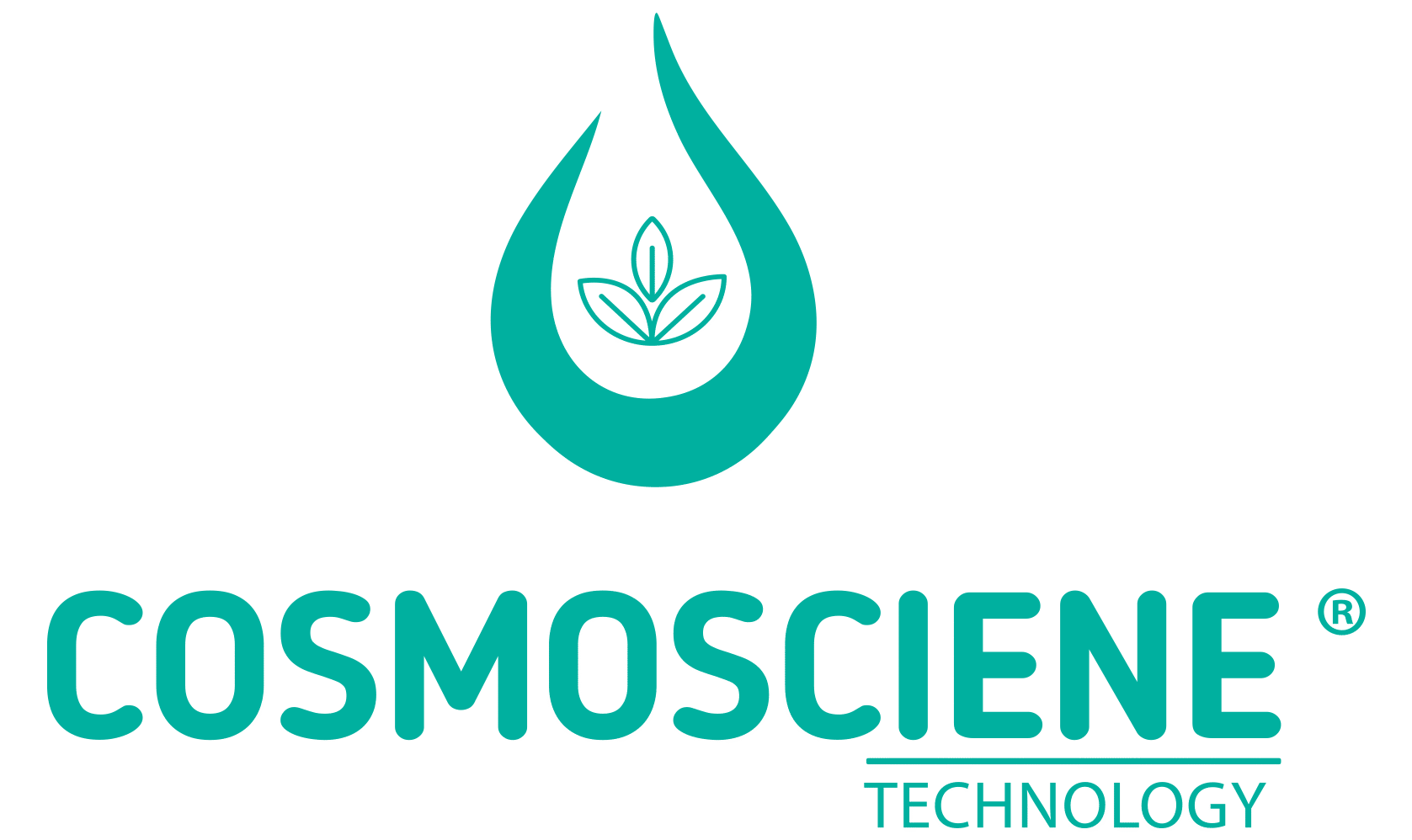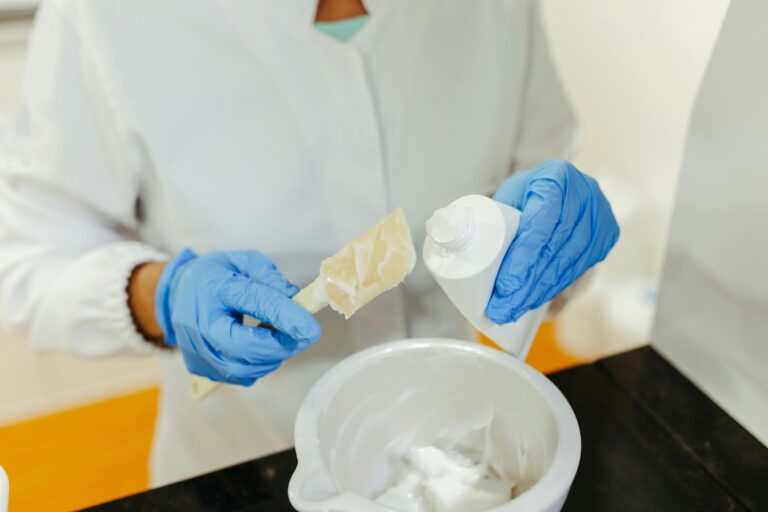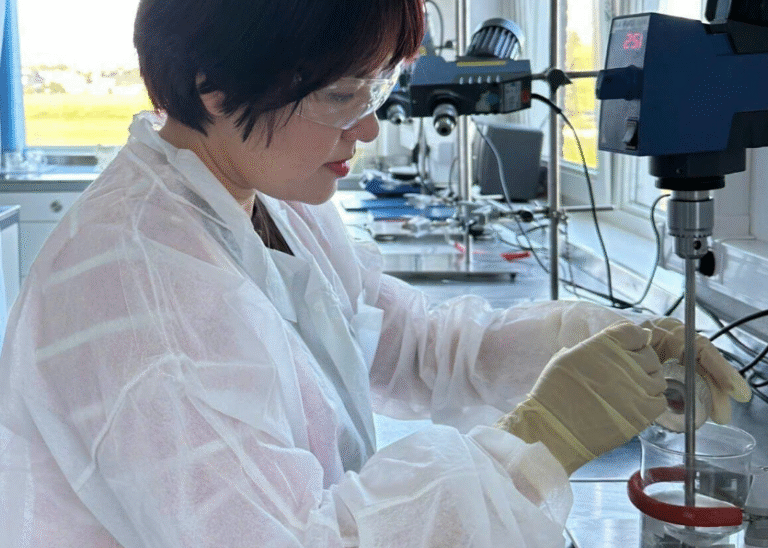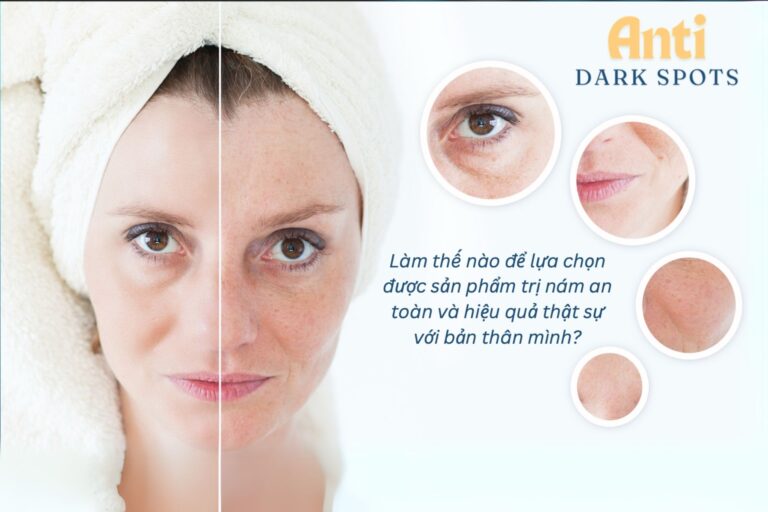Cosmetic Stability Testing: A Commitment to Lasting Quality and Safety
Introduction
In the journey of creating a cosmetic product, there is a silent yet paramount commitment: the promise of integrity. A formula must not only be perfect upon leaving the laboratory but must retain its full value over time, through every stage of its journey, and until the final moment on a consumer’s vanity1. This commitment is realized through a rigorous scientific protocol: Stability Testing.
This is more than a technical requirement; it’s the foundation for protecting the safety, efficacy, and experience a brand promises to deliver34.
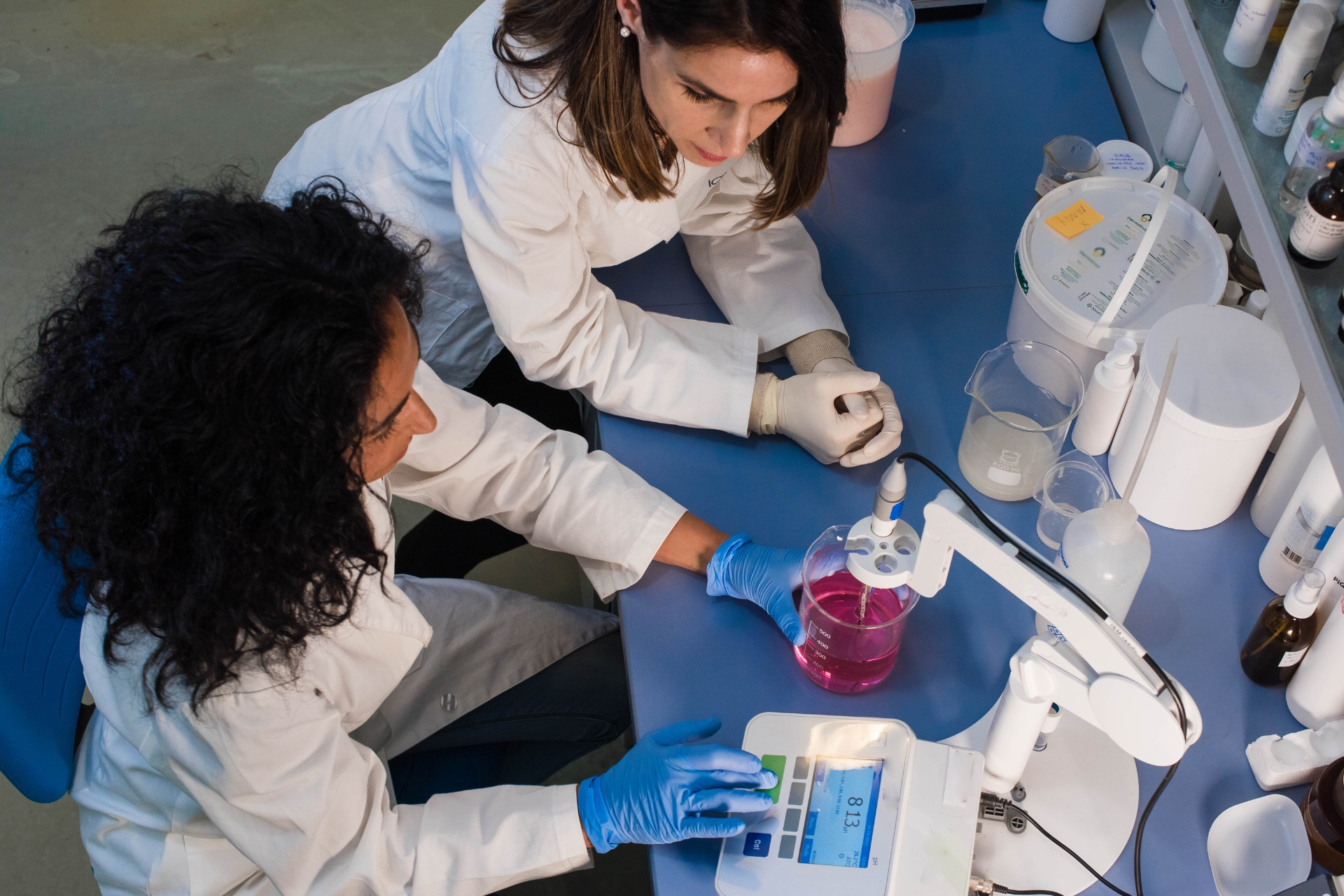
The Scientific Foundation: Why We Must Challenge Formulas with Time
Stability testing is the process of evaluating a product’s ability to maintain its intended physical, chemical, and microbiological properties under various environmental conditions5. The objective is not merely to determine a shelf life, but to guarantee:
- Absolute Safety: The product does not degrade into harmful substances, experience pH shifts, or separate in a way that could pose a risk to the skin.
- Uncompromised Efficacy: Key active ingredients must maintain their concentration and functionality as claimed on the label.
- Sensory Integrity: The texture, color, and fragrance must remain consistent, ensuring a positive user experience without disappointment.
- Packaging Compatibility: The formula must not react with or corrode its packaging, ensuring the product’s complete integrity until the end of its life.
To achieve this, core parameters are closely monitored, from physical attributes like appearance, color, odor, viscosity, and pH, to more demanding stress tests like centrifugation and thermal shock8.
The Innovative Solution: The Future-Proofing Protocol
To accurately predict a product’s future behavior, modern stability testing protocols go beyond simply storing samples at room temperature. An innovative process, employed in leading R&D labs, simulates a product’s entire lifecycle through accelerated stability testing5:
- Elevated Temperature Testing: Samples are stored at high temperatures (e.g., 40-50°C) to accelerate chemical reactions, helping to predict long-term stability in a much shorter timeframe.
- Freeze-Thaw Cycle Testing: Samples are cycled between extreme cold and room temperature to evaluate the stability of emulsions, a challenge products might face during transport across different climates.
- Photostability Testing: This assesses the product’s resistance to color changes and active ingredient degradation upon exposure to light, simulating conditions on a retail shelf.
- Mechanical Stress Testing: Using a centrifuge at high speeds (e.g., 3000 rpm for 30 minutes) rapidly detects any potential for phase separation or precipitation.
Combining accelerated testing with real-time, long-term studies allows developers to make reliable conclusions about shelf life and effectively guarantee product quality.
The Human-Centered Philosophy: A Commitment to the Consumer
Ultimately, every scientific protocol serves a human purpose. A stable product is a brand’s tangible commitment to its customers’ health and trust.
Imagine the product’s journey: from the factory, through hot and humid shipping containers, onto brightly lit store shelves, and finally into a consumer’s steamy bathroom. Stability testing is the guarantee that the product remains safe and effective at every single touchpoint on that journey1.
When a brand confidently states a shelf life of 2 or 3 years, it is not an estimation. It is the result of a rigorous scientific validation process. That is how enduring trust is built.
